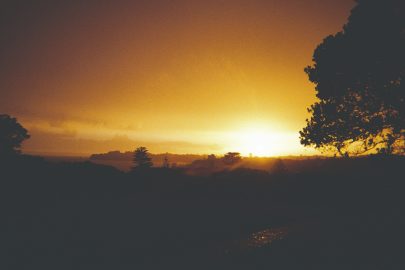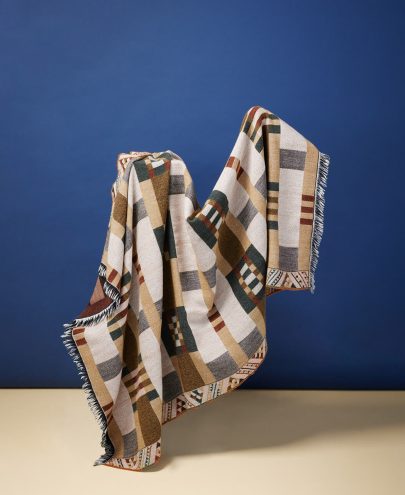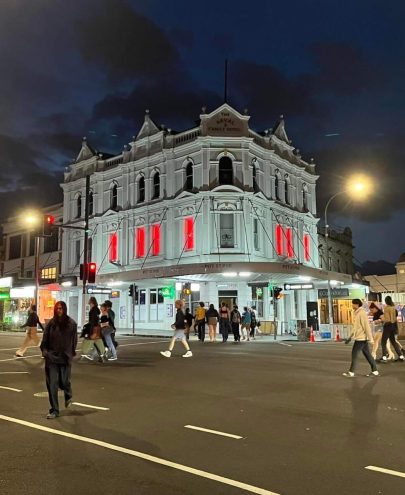Mar 4, 2014 etc
She is six, seven in February. You never know what really goes on inside a child’s head, and you worry and you look for signs of anxiety and madness, but she seems happy, blithe, an average bear. I always wanted to belong. It took me years to learn how to simulate human behaviour. She fits in as easily as she fits the charming little outfits at the usual emporiums — Cotton On, Pumpkin Patch . Both stores stock the usual pastels. There are a few exceptions to the range but I don’t want to know what kind of kid wants the Rolling Stones sticky-lips T-shirt.
Our life in shops. There are two certainties of Auckland childhood: greed and Smiggle. The tyranny of Smiggle — one brand to rule them all — has replaced the wonderful, teeming democracy of the $2 Shop. We used to go there all the time. We now only occasionally haunt these exciting bazaars, and never come away empty-handed.
There are three of them in our local shops. Each has its own character, its own nuances and variations of ingenious junk. Their role in New Zealand life is much under-estimated. They bring pleasure to hundreds of thousands of kids, even if it all ends up in pieces in the local tip. They might not be good for the planet but they represent a golden age in retail.
Is right now the best time ever to be very young? The shops are better than ever, and so is home entertainment. Computer games include the fabulously detailed universe of Moshi Monsters. You get to adopt a monster and decorate its room. It also operates like Facebook, allowing a social network of friendship with people you don’t know; plus it’s got puzzles and quizzes, and your monster’s moods change daily, always curiously polysyllabic: “Effervescent”, “Lugubrious”, etc.
Television, too, is enjoying a golden age. This year she graduated from the Kidzone channel (cartoons, the creepy hosting of Kayne Peters) to the sitcom paradise of the Disney channel. What riches. Such geographies. There’s ANT Farm, a show about gifted children in San Francisco. There’s Good Luck Charlie, a show about a working-class family in Denver. There’s Austin and Ally, a show about two singing teenagers in Miami Beach. They’re all really funny, although our constant viewing of Disney reveals a strange, disturbing theme — killing Mommy.
Ally, in Austin and Ally, lives with her father. Chynna in ANT Farm lives with her father — the mother appeared once, and was never seen again. Jessie’s father in Jessie (a show about a Texan in New York) says, “Your mom would have been proud of you.” Selena Gomez in Disney film Princess Protection Programme — motherless. Mia Mitchell in Disney film Teen Beach Movie — motherless.
Why is Disney such a homewrecker? Is it some sort of comment on the absence of working mothers? Just as the death or desertion of Disney moms is only ever alluded to, fame is something that’s just a fact of life. Chynna from ANT Farm is a creepy singing prodigy played by creepy singing prodigy China Anne McLain. Nascent pop star Austin from Austin and Ally is played by nascent pop star Ross Lynch, who recently toured Australia with actual pop star Bridget Mendler, from Good Luck Charlie — there were a lot of questions about fame in our house this year. It was a pressing concern. Is it like that in other families? The X Factor NZ, New Zealand’s Got Talent — is the want of fame the new anxiety?
The real golden age was her own. At six, she’s blonde and pony-tailed, a veteran of school, upside down on monkey bars, clever and capable and close to home — her ideal weekend is indoors with her parents, those two push-overs. But there have been terrible fights. The accusations, the foul language, the threats of violence — I’m a terrible father, sometimes. I never know when to stop. “Please forgive me! Just stop saying those things!” she howled from the back seat, after we drove away from an awful scene in a shop.
What a way to treat a child. I should look for signs of lasting damage. She’s so little and harmless and lovely. She says, “I wish shadows were in colour.” I lie down beside her on the nights she can’t get to sleep, and carry her when she’s puffed. She’s old enough to see Taylor Swift in concert and quietly scream to herself as the greatest entertainer of modern times sang of heartbreak and bullies; mercifully, she’s too young for the appalling Bieber.
She learned to tie her shoelaces. The tooth fairy was called on. She gave up ballet and netball. She burned with a particularly fierce love for her cousins and grandparents. She did her homework. By popular demand, her mum told her stories about two intense characters called Roberta and Liesel. There were playdates with Abbie, Lucy, Ayla Breeze. We ate pancakes on Saturdays, and she drank endless juice squeezed from our tangelo tree. There were traditions such as the Advent calendar strung up in the hallway all this month — handpainted white paper bags, each containing a small gift bought from an exciting bazaar.
I think she had a good year. She recorded a lot of it, in notebooks and journals, pages of A4 paper and hand-made books — she learned how to publish, her little hands pressing down on the stapler. “Facts about me,” she headlined. “I like to do mostly smart things… People would be surprised that I walk to school every day with my friend Abbie.” What people, and why? And who was she writing for? She always seemed to have a sense of an audience.
That audience wanted two things above everything — jokes, and facts. Thus: “A collection of HILARIOUS JOKES!” Funnily enough, it’s full of blank pages. Thus, also: “The famous, popular and interesting NEW ZEALAND FACT BOOK.” It has one fact in it. Actually, it only has a question: “What is soap made out of?” We may never know; all her projects were unfinished. But the point is that they began, always with a flourish. The critics loved her work, apparently. Her unfinished story, “Happy Halloween”, features high praise on the back cover: “Hugely funny and so surprising. I just adored it. Joe Campbell.” Who is Joe Campbell, and how did he get a review copy?
She writes stories, plays, poems. Much of her fiction tends towards jolly Blytonese (adventures, surprises, cakes) or tries on Roald Dahl’s patient, exact studies of wickedness: “Witches hide behind bushes and turn children into chickens… They are bald as an egg, and have the worst scalp.”
The real world beckons. Now and then she opens an encyclopedia. I found this stray note to herself the other day: “Look up on the internet for a bluebottle.” She holidayed in Tutukaka, Tonga and Tauranga, and produced travel brochures of each. The one on Tonga featured advertising from Air New Zealand. The one on Tauranga claimed, “Tauranga has amazing vast landscape. It’s a free country where there is no limits.” What was she looking at? What did she see?
I love walking her to school with dear old Abbie, and chatting with the other kids in her class. They put away their Smiggle stationery in their desks. They compliment each other’s pastels. All children are special. So’s she. She does everything everyone else does, but sees things differently. Like the mysterious Joe Campbell, I adore it.
First published in Metro, January 2014. Illustration by Tane Williams.





